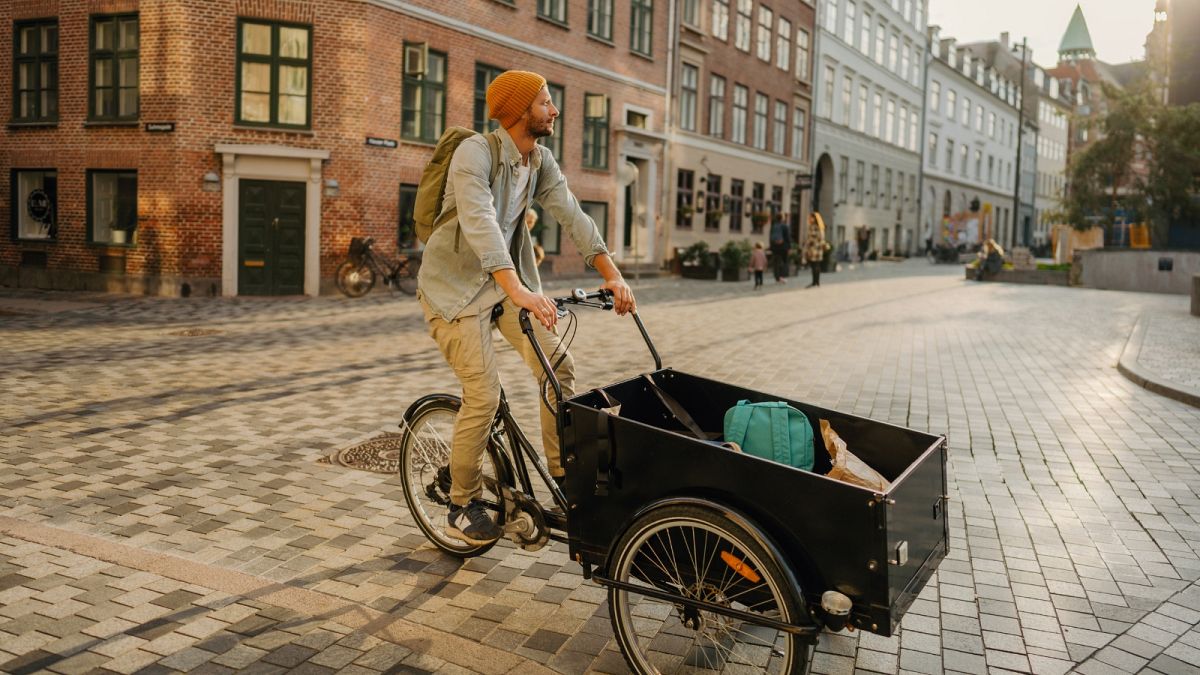- cross-posted to:
- futurology@futurology.today
- cross-posted to:
- futurology@futurology.today
The surge in online shopping, accelerated by COVID-19, has driven up the demand for package deliveries, and that demand continues to rise.
As traditional delivery methods contribute to urban traffic congestion and pollution, cargo bikes - a staple of bike-friendly countries like Denmark and the Netherlands - are becoming a common sight in cities across Europe as a sustainable and efficient alternative to vans.
These larger, typically electric bikes with separate carriers can transport a wide range of loads, from small parcels to larger items, making them ideal for urban deliveries.
In Europe, it is estimated that up to 50 per cent of motorised trips involving the transport of goods in cities could be made by cargo bikes and bicycles, according to a recent study.



you must have really generously designed roads wherever you are 😂
Well yes, a single lane is defined as at least 3.65 meters, while a bike lane can’t be wider than 1.70 meters, so it’s 2.14 lanes of bikes for each car at the very least, but it’s mostly more since bikes can turn tighter and don’t need as much space for intersections.